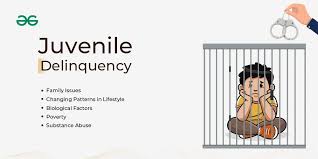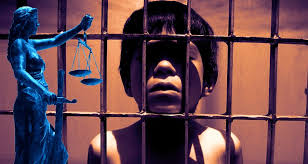Juvenile Laws at Kenya
Kenya has a juvenile justice system that is grounded in both national legislation and international child rights standards, particularly the UN Convention on the Rights of the Child (CRC) and the African Charter on the Rights and Welfare of the Child.
Here’s an overview of juvenile laws in Kenya:
📜 Key Legal Frameworks
The Children Act, 2022 (revised version of the 2001 Act)
This is the primary law governing the rights, protection, and justice processes for children in Kenya.
Repealed the Children Act, 2001 to align more closely with international standards.
Emphasizes the best interests of the child, protection from abuse, and restorative justice.
The Constitution of Kenya (2010)
Article 53 protects the rights of children, including protection from abuse, neglect, and inhumane treatment.
Guarantees that detained children must be separated from adults and treated in a manner consistent with their age and dignity.
The Criminal Procedure Code
Contains provisions related to arrest, trial, and sentencing of children in conflict with the law.
👶 Age of Criminal Responsibility
The minimum age of criminal responsibility in Kenya is 12 years.
Children under 12 cannot be held criminally liable.
Children between 12 and 18 are treated under the juvenile justice system.
⚖️ Juvenile Court System
Children’s Courts are designated to handle criminal and civil matters involving children.
These courts:
Sit in private (closed) to protect the child's identity.
Are designed to be less formal and more child-friendly.
Focus on restorative justice—reconciliation, rehabilitation, and reintegration into society.
🚓 Arrest and Detention
Arrest of children should be a last resort and only for serious offenses.
Police must:
Inform the child of their rights.
Notify parents/guardians immediately.
Hold children in separate facilities from adults.
Detention before trial must be avoided unless absolutely necessary, and if so, the child must be taken to a remand home (not a regular jail).
🧑⚖️ Sentencing and Rehabilitation
The law favors non-custodial and rehabilitative measures, especially for first-time or minor offenders.
Common outcomes include:
Counseling and guidance
Community service
Reintegration programs
Probation supervision
Placement in rehabilitation schools (for more serious or repeat offenses)
🛑 Imprisonment is a last resort and only for serious offenses.
🧠 Child Protection Principles
Every child has a right to legal representation.
Proceedings must be conducted in a language the child understands.
Efforts are made to divert children away from the formal justice system when appropriate—through community interventions, restorative justice, or warnings.
🧱 Challenges in Practice
Despite a solid legal framework, Kenya faces challenges like:
Overcrowded or under-resourced juvenile facilities.
Delays in court processes.
Inconsistent application of child-friendly procedures, especially in rural areas.
Limited trained personnel in child justice.
🌍 Alignment with International Law
Kenya is a signatory to major treaties including:
UN Convention on the Rights of the Child
African Charter on the Rights and Welfare of the Child
These influence the national laws and push toward a child rights-based approach in the justice system.
If you're curious about how diversion programs work in practice, or the difference between rehabilitation schools and remand homes in Kenya, I can dive deeper into that too!





0 comments